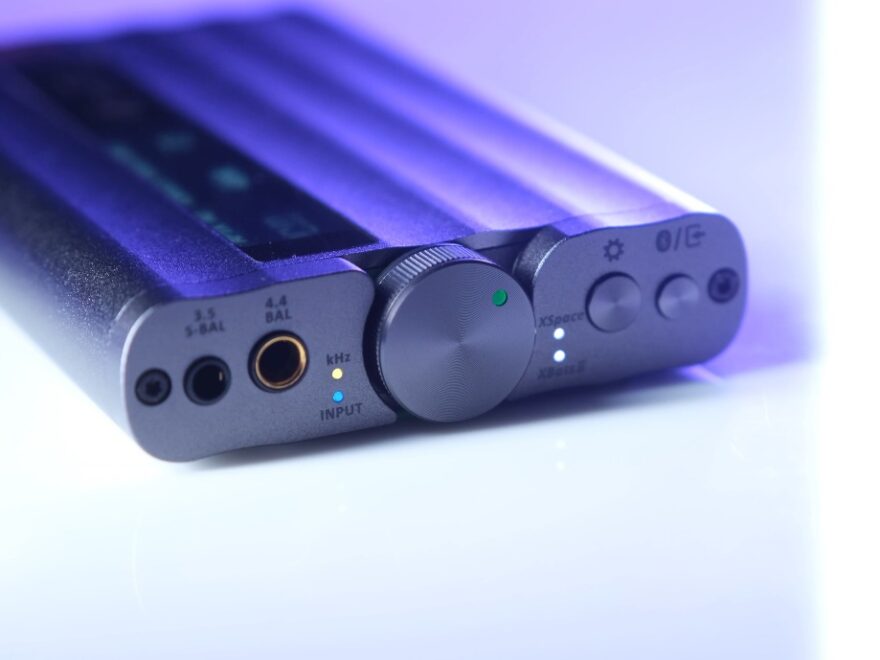Headphone Amps
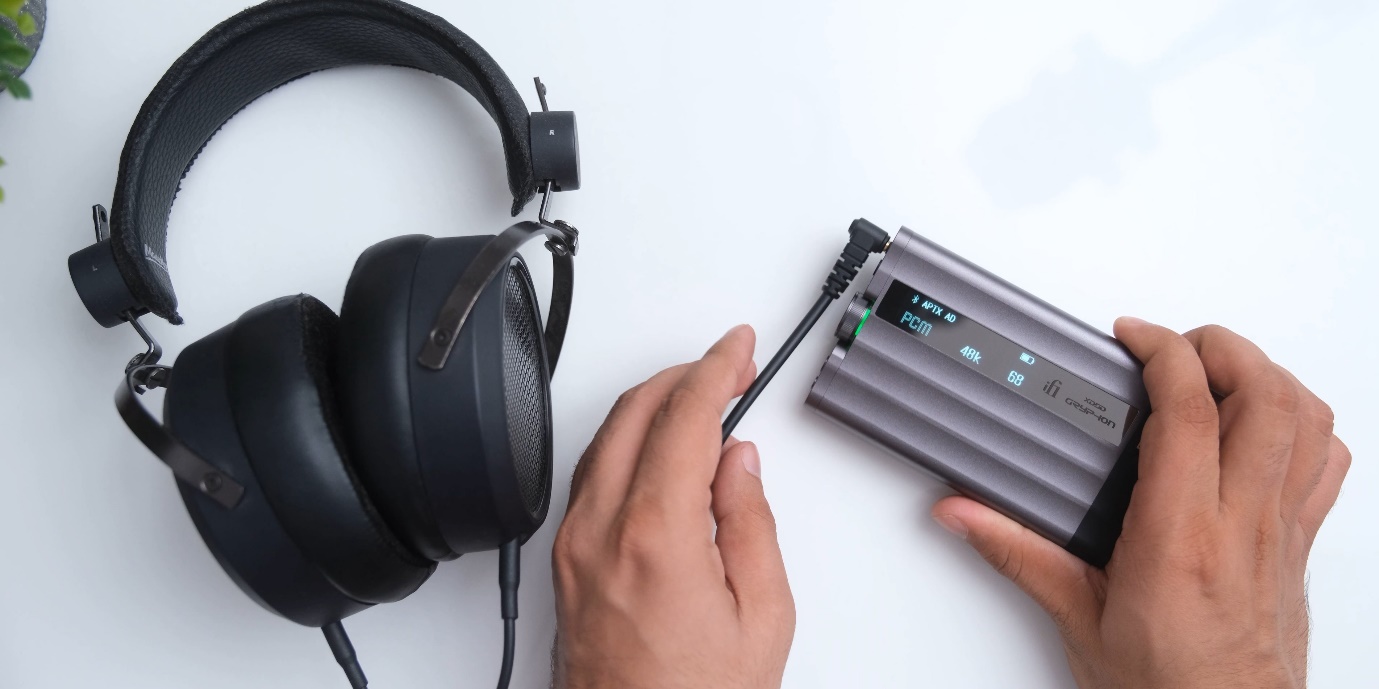
And that takes us to the amplifier section of the Gryphon, and iFi audio says that even from the single ended output of the Gryphon, you get the advantages of a balanced connection, and you of course have a fully balanced output from its 4.4mm pentaconn connection with both of these outputs having an output impedance of less than 1 ohm.
The power output on the single ended mode is 320 milliwatts at 32 ohms, which is already powerful enough to drive full sized headphones like the HE-4XX, but the Gryphon becomes extremely powerful for a portable amplifier in its balanced mode, because this way you will have 3 times more power with an output of 1000 milliwatts at 32 Ohms, which is just a crazy figure to see on a portable device that is as small and light as this.
Even my O2 Amp which is already a powerful desktop unit delivers 613mw at 33 ohms.
The HE-4XX is a planar magnetic headphone that generally requires something desktop class in general like this, but the xDSD Gryphon is able to drive these very well even on single ended output, and even though you have to push the volume to over 90%, it doesn’t sound like the Gryphon is struggling to drive these.
While the bass performance with these headphones is already good, enabling the XBass II option on these open back headphones really gives you very full sounding bass that sounds very natural.
If I used a balanced cable with these, then the performance would seriously improve, because there’s almost 3 times more power available that way, but even on the single ended mode, you mostly won’t have to feel bad about not having a balanced connection.
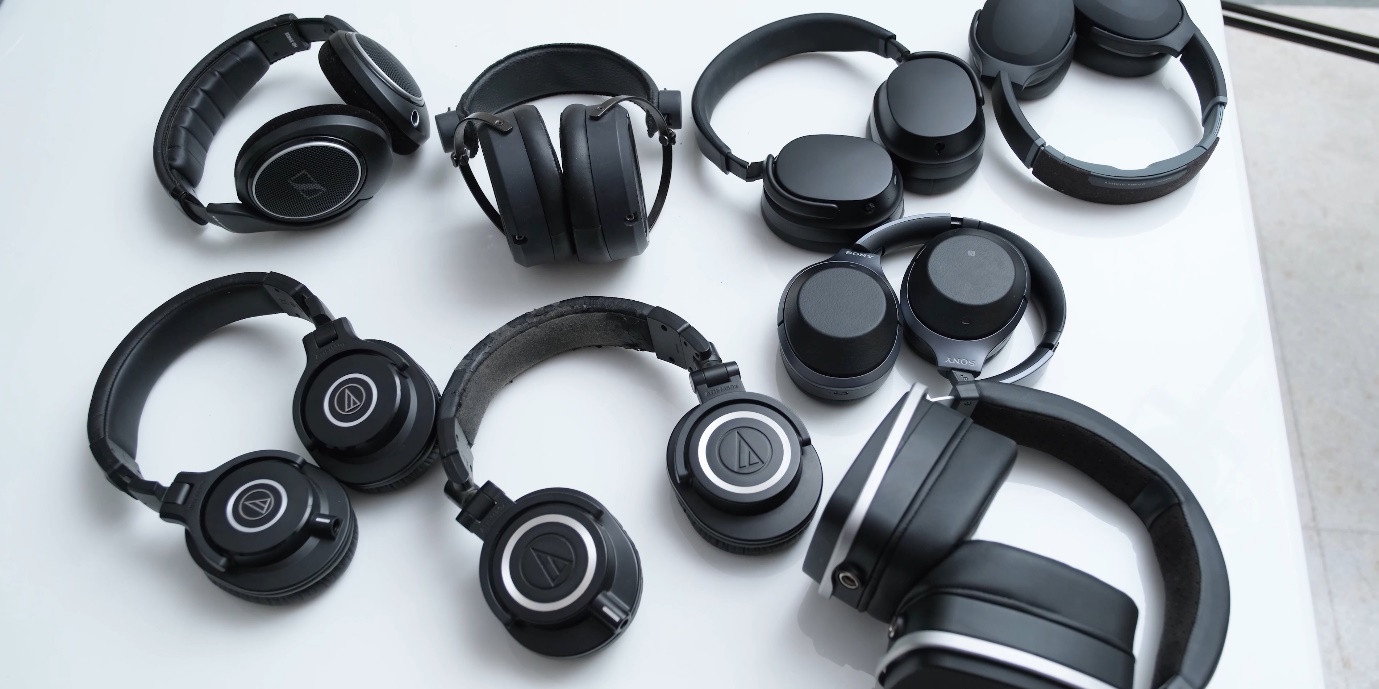
The performance with my less power demanding headphones was of course also really good.
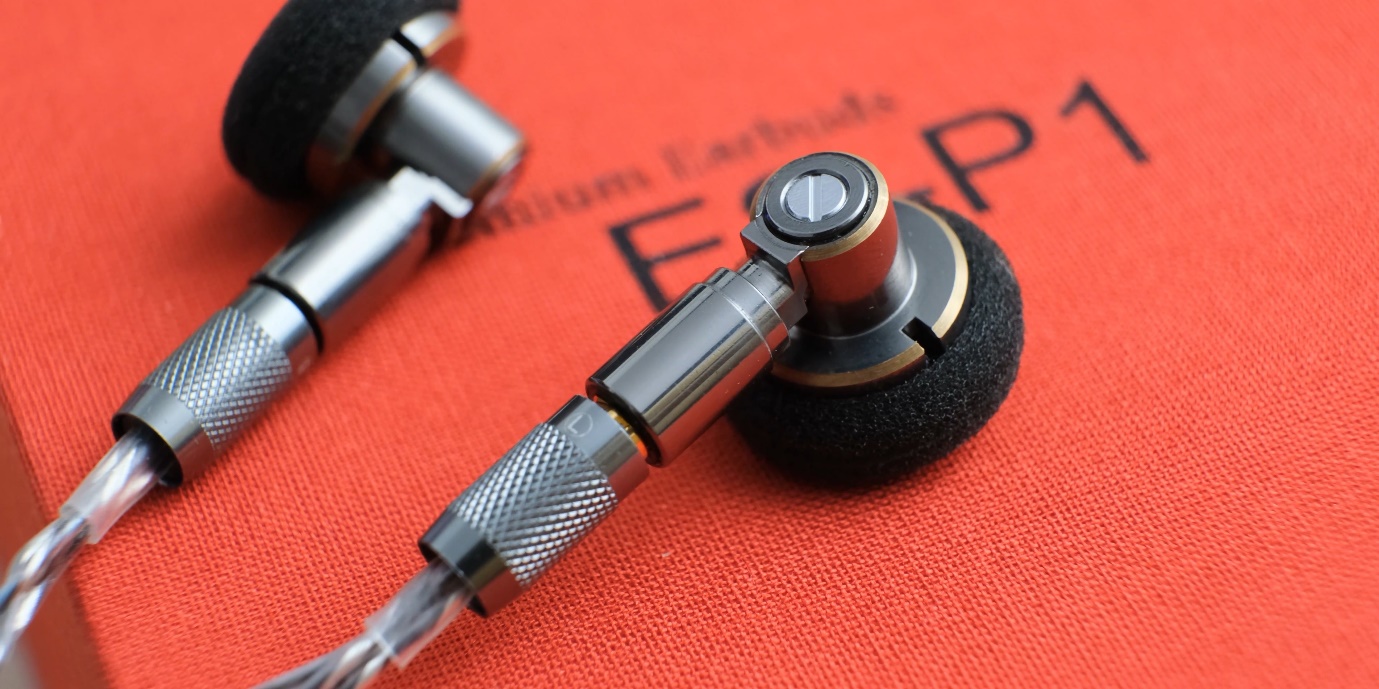
Then I also tried my earphones with the Gryphon, and the Ucotech ES-P1 are probably one of the best earbuds in the world, and you will be surprised by how much power they require for something so small. But the Gryphon was of course able to drive these very well and delivered an amazing performance with the vocals.
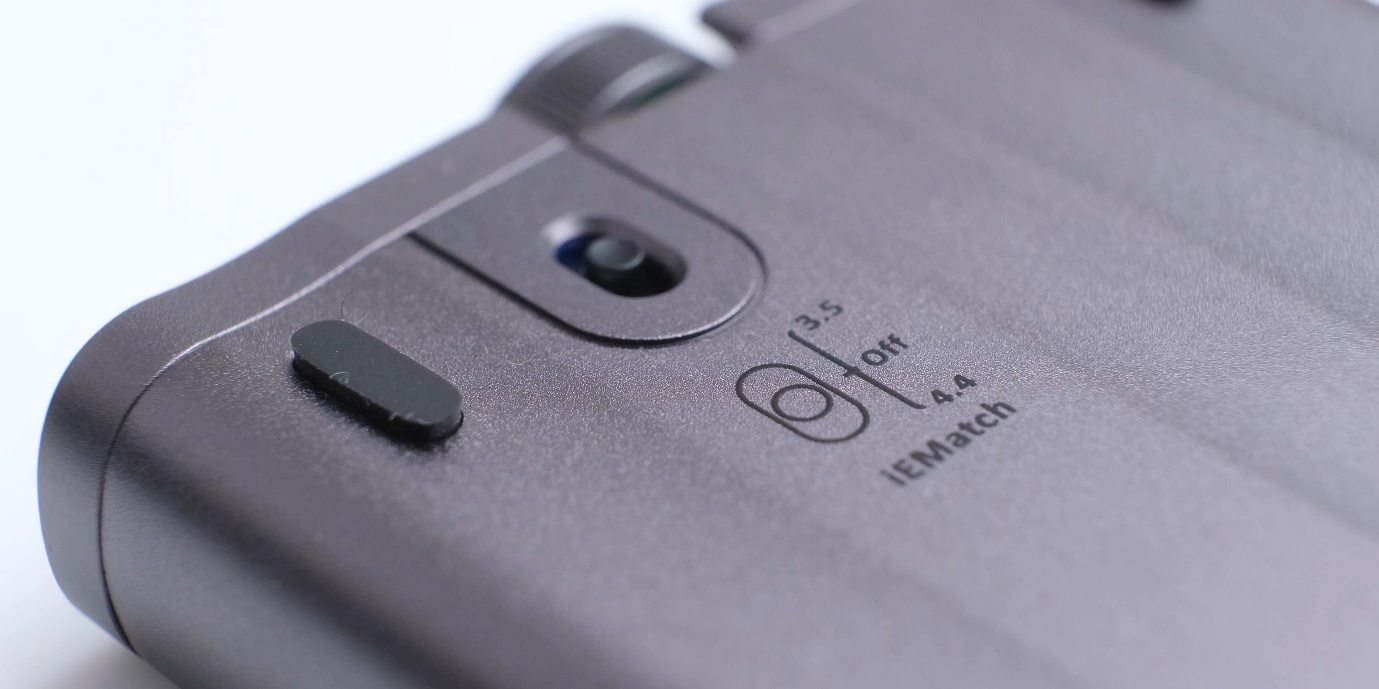
But if you have some very sensitive IEMs, you may observe some hiss with some amplifiers, and even though I didn’t observe any kind of hiss with any of my IEMs like the Sennheiser IE 600, the Gryphon does have iFi Audio’s IE Match feature, which works on both of its outputs, and it will reduce any kind of hiss that you may face with sensitive IEMs, and maybe you also don’t want to risk damaging your earphones or your ears, so this feature is again very useful.
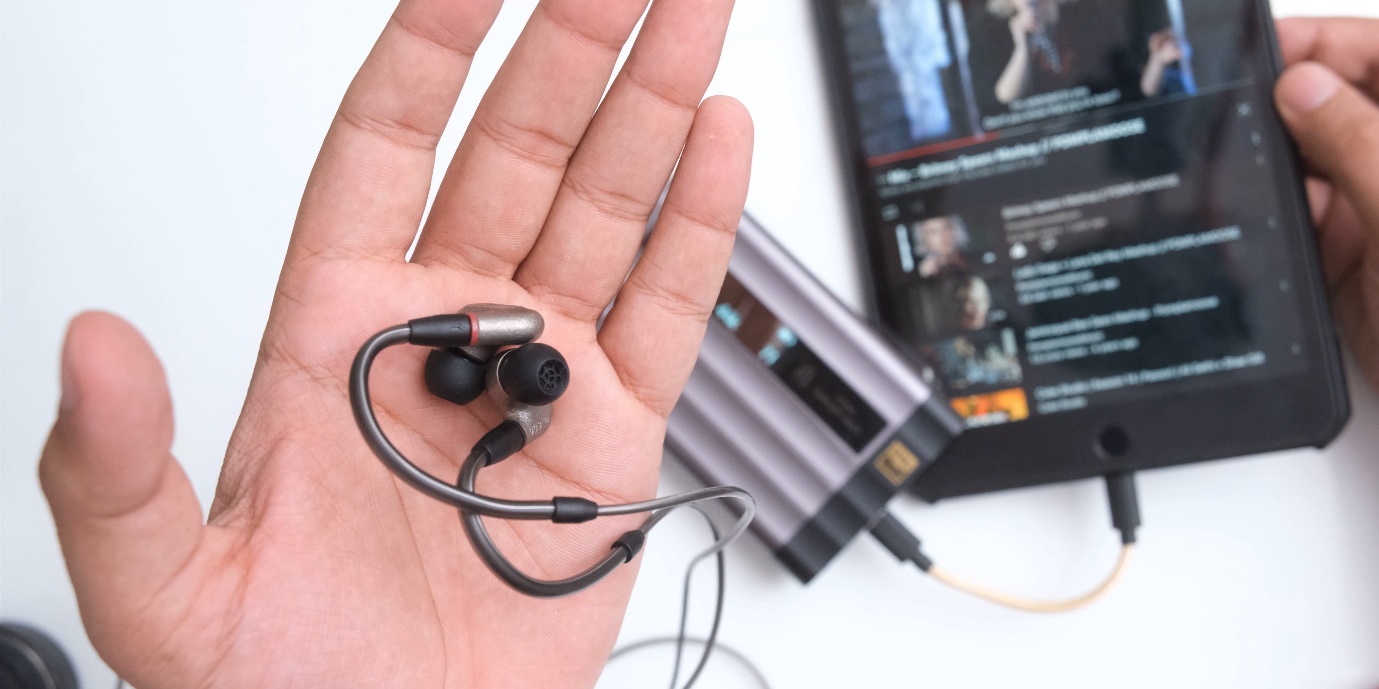
As for their performance with the IE 600, if you like the tuning of these earphones, this will really become the ultimate portable setup for you, as these sound really amazing in balanced mode.
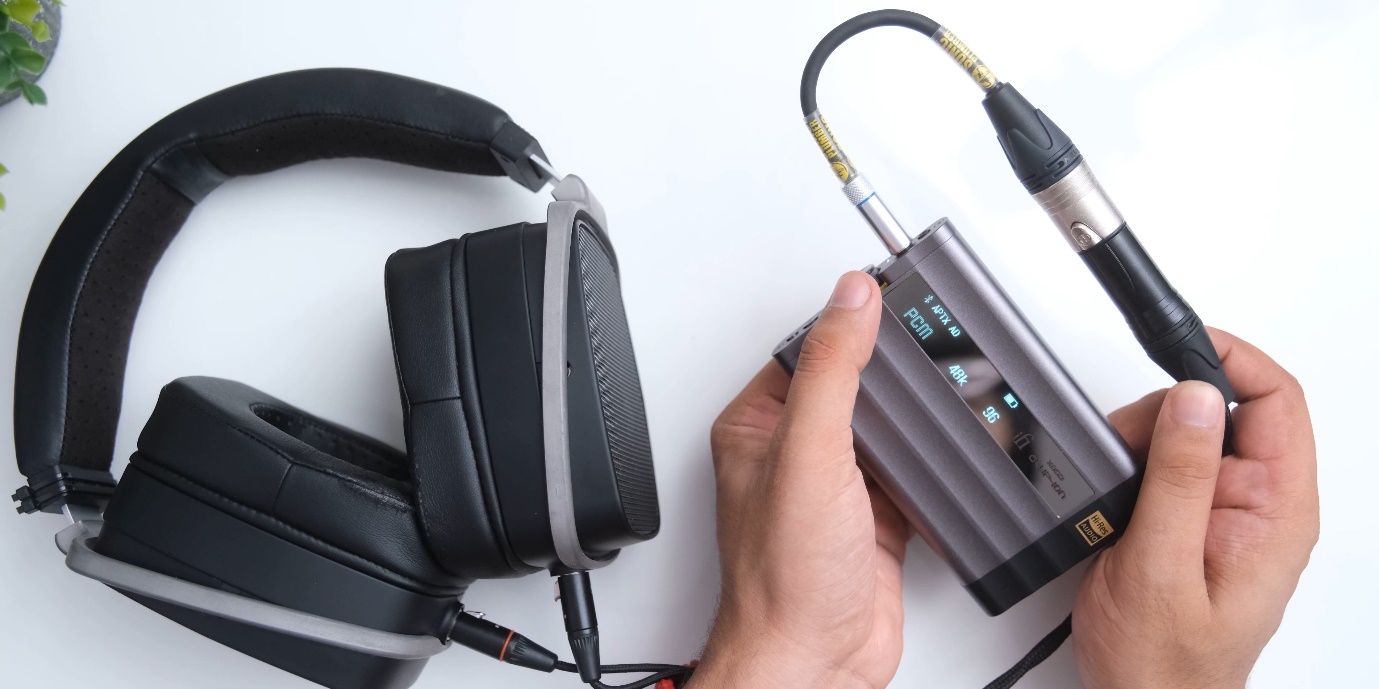
Speaking of that balanced mode, while no one would think of using something like the HEDD Audio HEDDphone with a portable device, I did try to drive these from the 4.4mm balanced output using an adapter, and while the Gryphon can practically handle any headphone with its balanced output, the HEDDphone is an exceptionally power demanding headphone that even my ADI-2 DAC (1.5 Watts @ 32 Ohms) struggles to drive in single ended mode.
So the result with The HEDDphone was not great, and while you can get good levels of volume while using them on the Gryphon, they just don’t sound good without a lot of power, which is why I use it in balanced mode with my ADI-2 Pro (which delivers almost 3 watts of power, but again this is a desktop class product which costs over 3 times more than the Gryphon).
The DAC of the Gryphon does sound great with the HEDDphone, (which I tested by using it as an input on the ADI-2 Pro), but it’s the amplification that is the limiting factor here with the HEDDphone.
But I really think that the Gryphon should be able to handle most other flagship headphones in its balanced mode, so something like Hifiman Arya, Focal Clear MGs, LCD Xs, and pretty much anything should be driven quite well by its balanced output.
This is again really amazing, because you can use your full sized headphones on the go with the Gryphon, and even though you will get weird looks if you travel in a train like this, just being able to move around the house, or being able to listen to your best gear in your bed is also a really big advantage that something like the Gryphon enables.
DSD & DXD
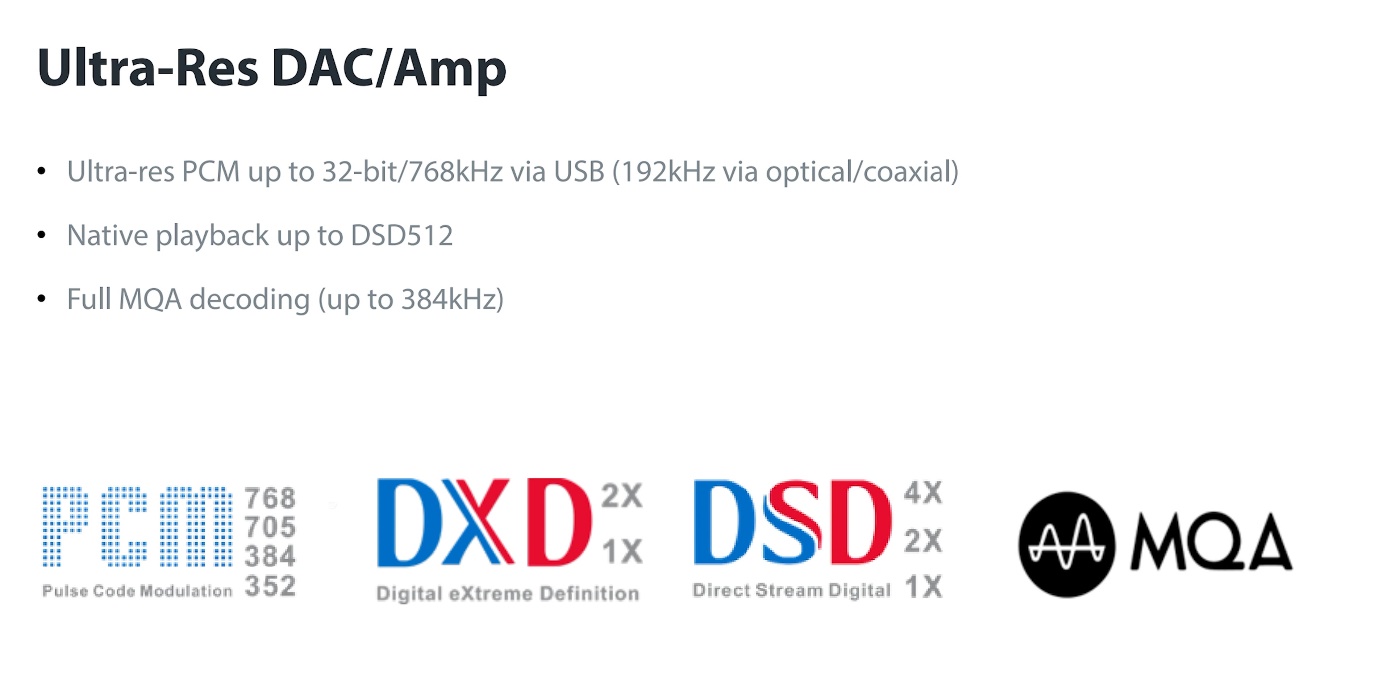
The Gryphon also supports all kinds of audio formats that you can throw at it, so in addition to supporting up to 768 kHz of sampling rate on PCM, it also supports 768 kHz on DXD, it has support for DSD, and it also decodes MQA streams so you can play all of that through services like Tidal.
Now these sampling rate numbers don’t matter that much in practice, you don’t really need 768 kHz, but it does show how capable the Gryphon is, and if you want to feel the DSD supremacy with those very large files, you can do that, even though I am perfectly happy living my peasant life with FLAC files.
You also have the option of selecting between different digital filters, like a bit perfect mode without any filtering, a filter that upsamples your music, along with a standard filter.
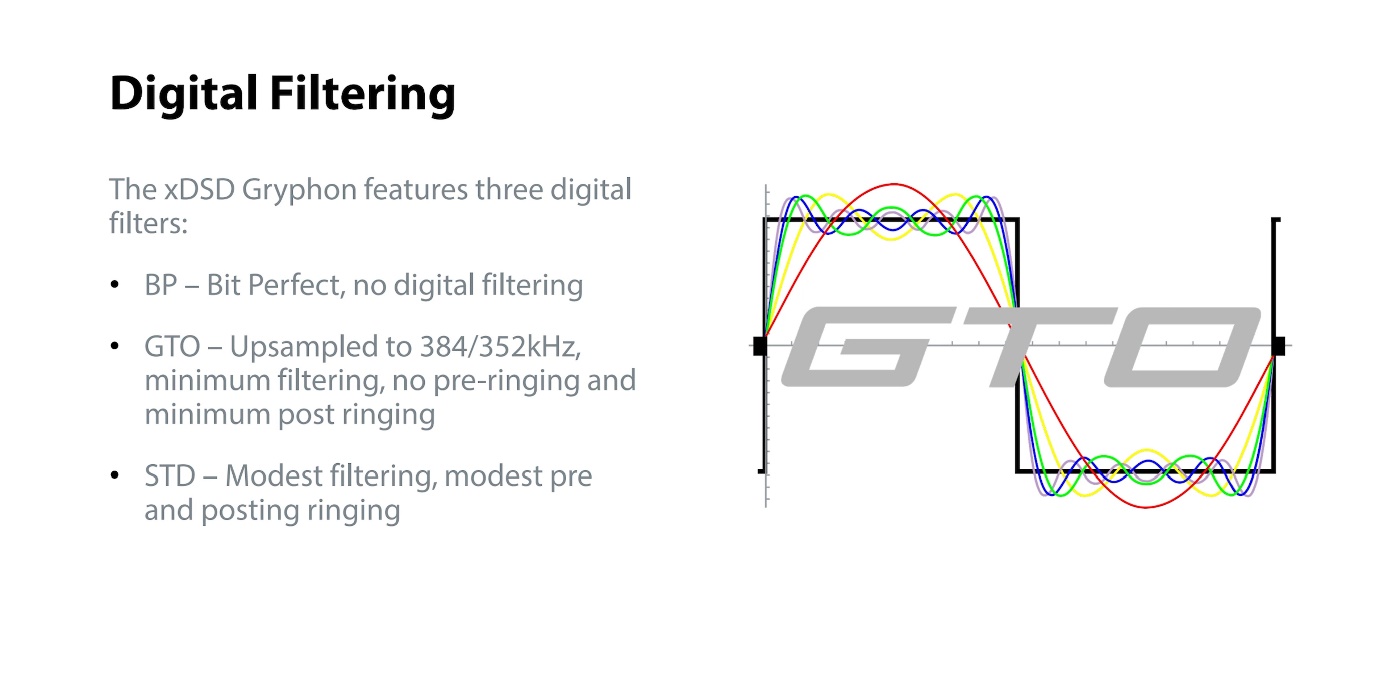
The differences between these filters aren’t going to create dramatic changes in your audio, but you may be able to hear subtle differences between bit perfect, and the upsampling modes, so you can experiment with those (some people like bit perfect modes, while some prefer their audio upsampled).
Battery
The Gryphon comes with a 3600 mAh battery that delivers up to 10 hours of playback, and the battery life will of course depend a lot on what kind of gear you use with it. 10 hours may not seem like a lot, but high performance devices do consume a lot of power, and this just weighs 215 grams.
Conclusion
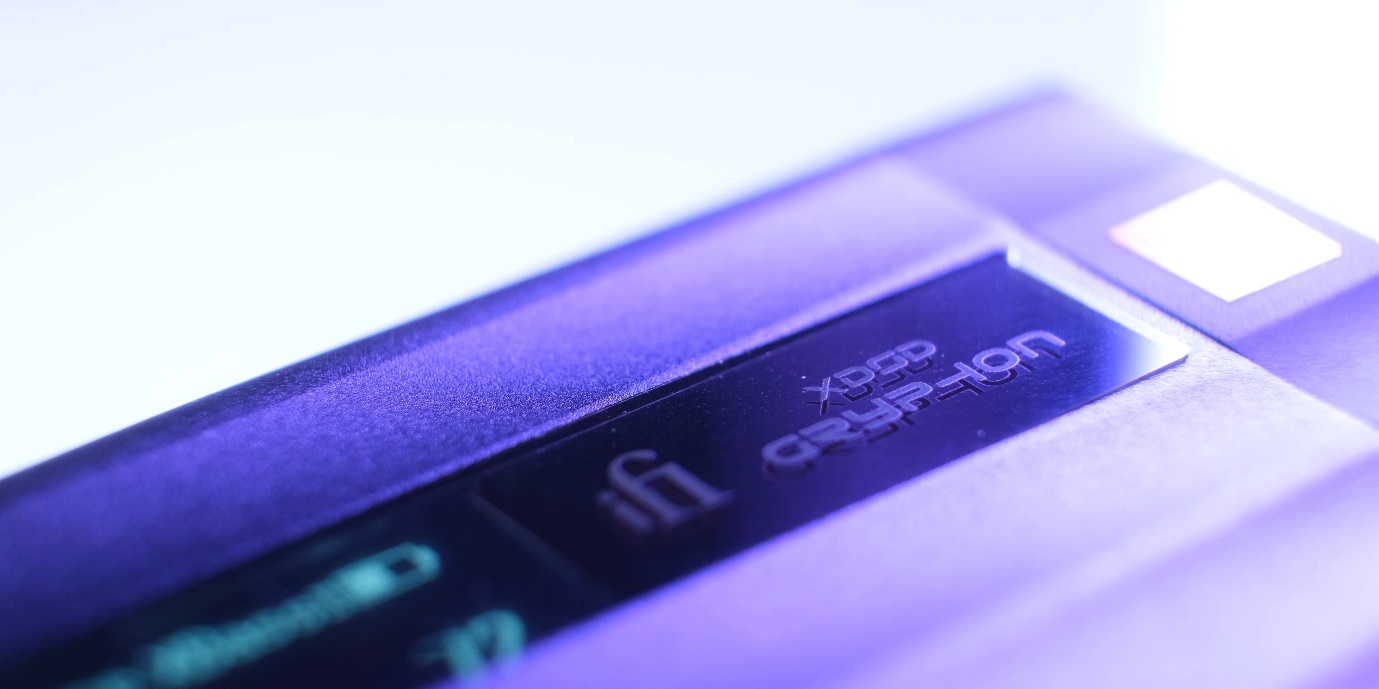
So overall, the iFi Audio xDSD Gryphon is a really amazing and versatile product that can do pretty much anything that you want with your audio. You can connect it to literally anything, whether it is over a digital, wireless, or analogue connection, and you have an extremely powerful headphone out, line outputs, and a level of audio performance that will not limit your enjoyment with your flagship audio gear.
At around 600 US Dollars, or 50,000 Rs. in India, the Gryphon may seem like it is priced on the higher end, but when you consider the power, performance, and versatility it offers, you will find the price tag to be easily justificable, especially if you use it with something high end.
And that will be it for this video, let me know what you think about the Gryphon in the comments, give the video a thumbs up if you liked it, subscribe with bell, thanks for watching, and I’ll see you in the next one.
